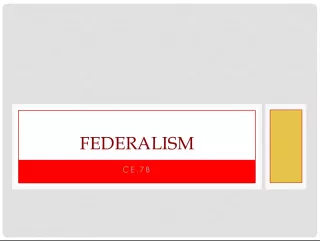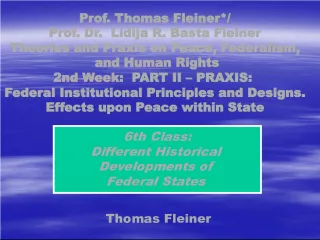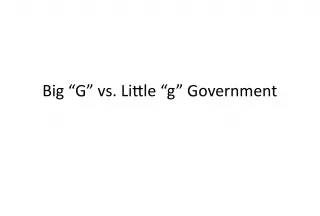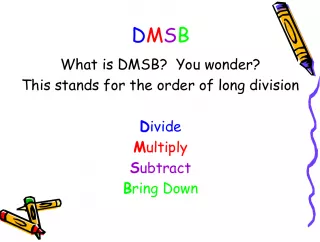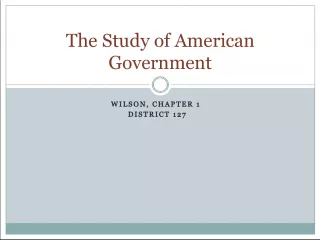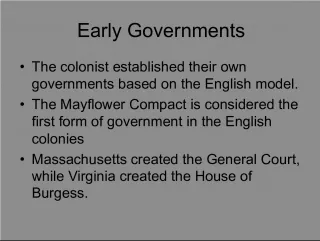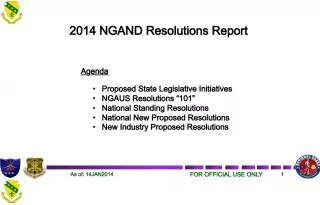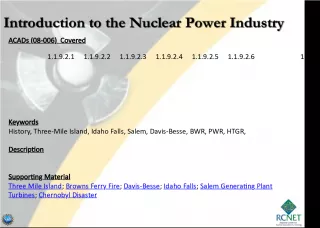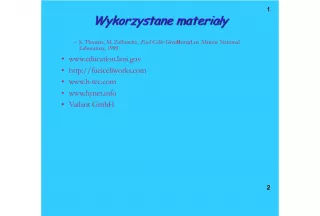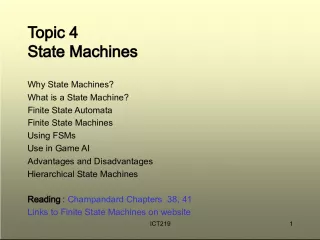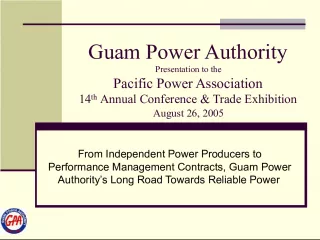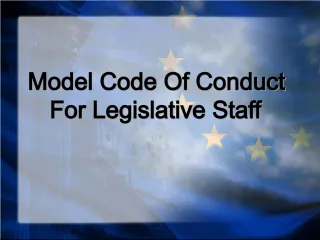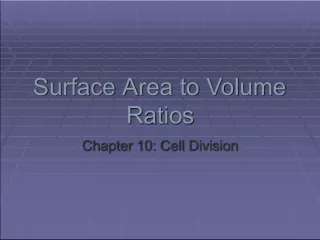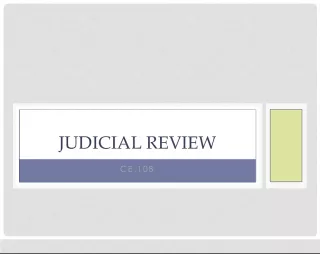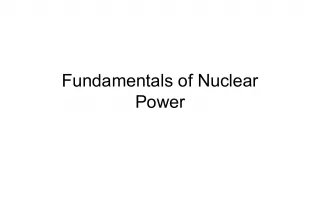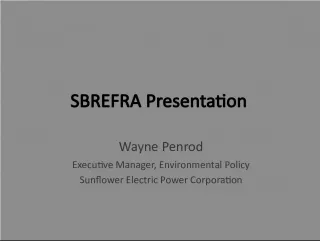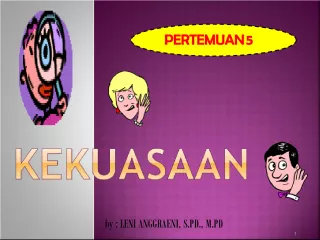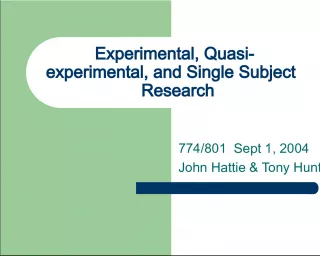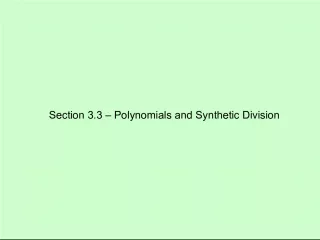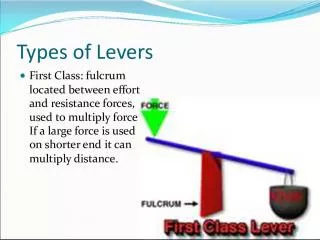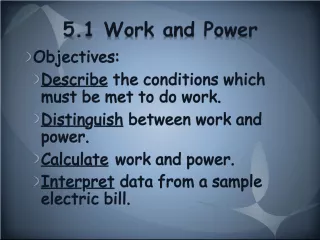Understanding Federalism: The Division of Power Between National and State Governments
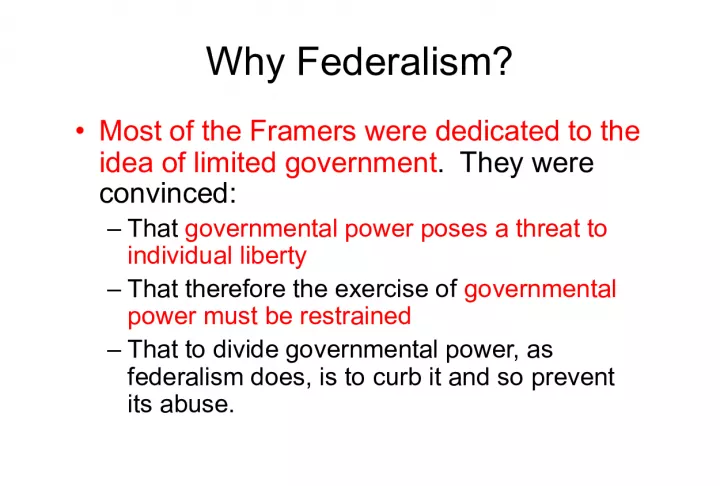

Federalism is a key concept in American government, aimed at ensuring limited government and protecting individual liberties. This system of government divides power between a national and state government, as outlined in the Constitution.
- Uploaded on | 0 Views
-
 emery
emery
About Understanding Federalism: The Division of Power Between National and State Governments
PowerPoint presentation about 'Understanding Federalism: The Division of Power Between National and State Governments'. This presentation describes the topic on Federalism is a key concept in American government, aimed at ensuring limited government and protecting individual liberties. This system of government divides power between a national and state government, as outlined in the Constitution.. The key topics included in this slideshow are federalism, limited government, division of power, national government, state government,. Download this presentation absolutely free.
Presentation Transcript
1. Why Federalism? Most of the Framers were dedicated to the idea of limited government . They were convinced: That governmental power poses a threat to individual liberty That therefore the exercise of governmental power must be restrained That to divide governmental power, as federalism does, is to curb it and so prevent its abuse.
2. Federalism Federalism is a system of government in which a written constitution divides powers between a national and state governments.
3. Powers of the National Government The National government possess what are called delegated powers . Powers delegated to it by the Constitution Three types of delegated powers Expressed Powers powers directly stated in the Constitution . enumerated powers. Article 1, Section 8. 18 clauses that give 27 expressed powers. Implied Powers not expressly stated, but reasonably suggested. necessary and proper clause. Inherent Powers powers that belong to the national government because it is the government of a sovereign state in the world community . Immigration.
4. Powers Denied to the National Government 1. The Constitution denies some powers to the national government expressly. Congress shall make no law to prohibit the free exercise of religion, speech, press, or assembly. 2. Several powers are denied to the national government because of the silence of the Constitution. Education and marriage. 3. Some powers are denied because of the federal system itself. The national government cannot tax state government functions.
5. The States States draw their power from the 10 th amendment . Reserved powers those powers that the Constitution does not grant to the national government and does not, at the same time, deny to the states.
6. Shared Powers Exclusive powers are powers that only the national government holds (treaties, coin money, tax imports, declare war.) Concurrent powers are powers shared by the national and state governments (define crimes and set punishments, tax citizens, borrow money, claim private property for public use.)
7. Resolving Conflicts Article IV, Section 2 is known as the supremacy clause. The Constitutionshall be the supreme law of the land. It was designed to ensure that the Constitution stands above all other forms of law in the U.S. McCulloch v. Maryland increased the power and influence of the national government and proved the court system to be the umpire between the powers of the national government and the states.
8. The Nations Obligations to the States Ensure the states have representation in the national government through a republican form of government. Protect the states from invasion and internal disorder . The national government must recognize the legal existence and physical boundaries of each state .
9. Admitting New States The area seeking statehood must ask for permission from Congress . If Congress approves, they will pass an enabling act, an act directing the people of the territory to write and ratify a state constitution. Once the constitution is ratified, Congress will review the document, and if accepted, will pass an act of admission, creating a new state. The president does hold veto power.
10. Cooperative Federalism Federal grants-in-aid programs promote cooperative federalism by encouraging the national and state governments to work together to get things done. These programs give federal money to state and local governments to help them perform a large share of their everyday functions. Revenue sharing was one form of aid used between 1972 and 1987 designed to share the national governments tax revenue with the states.
11. Grants-In-Aid Three types of federal grants-in-aid : Categorical grants money given to states for a specific, closely defined purpose . Usually made with conditions attached (Highway funds tied to drinking age.) Block grants money given for use on particular projects , but gives states more discretion than categorical grants (health care, education, welfare.) Project grant money given to states and local governments on an application basis .
12. How else do National and State Governments Work Together? FBI helps state and local police. Army and Air Force equip and train each states National Guard units. Census Bureau helps state and local school, housing, and transportation officials plan for the future. State and local officials carry out national elections.
13. Interstate Relations Interstate Compacts With the consent of Congress, states may enter into agreements with other states or foreign nations. Today more than 200 compacts exist, many involving several states. All 50 states are included in the Compact for the Supervision of Parolees and Probationers and the Compact on Juveniles.
14. Full Faith and Credit Article IV, Section 1 Constitutions requirement that each state accept the public acts, records, and judicial proceedings of every other state. Marriage licenses, drivers licenses Exceptions Applies only to civil, not criminal law. Does not have to be given to certain divorces granted by one state to residents of another. Williams v. North Carolina
15. Extradition Article IV, Section 2, Clause 2 Extradition is the legal process by which a fugitive from justice in one state is returned to that state . Designed to prevent a person from escaping justice by fleeing a state. Puerto Rico v. Branstad (1987)
16. Privileges and Immunities Article IV, Section 2, Clause 1 No state can draw unreasonable distinctions between its own residents and those persons who happen to live in other states. Each American may travel to or become a resident in other states. Each American may buy, own, rent, or sell property in any state .
